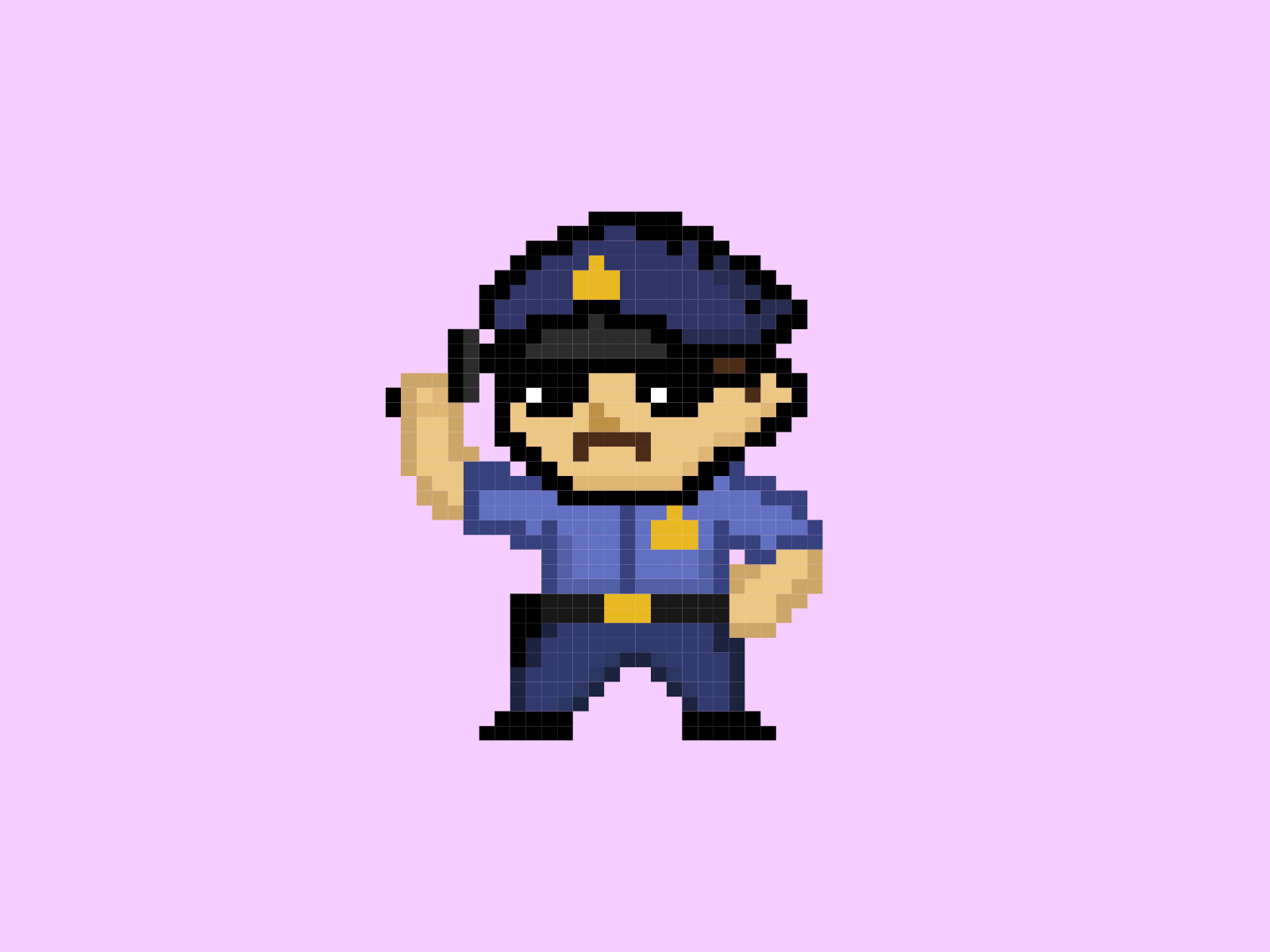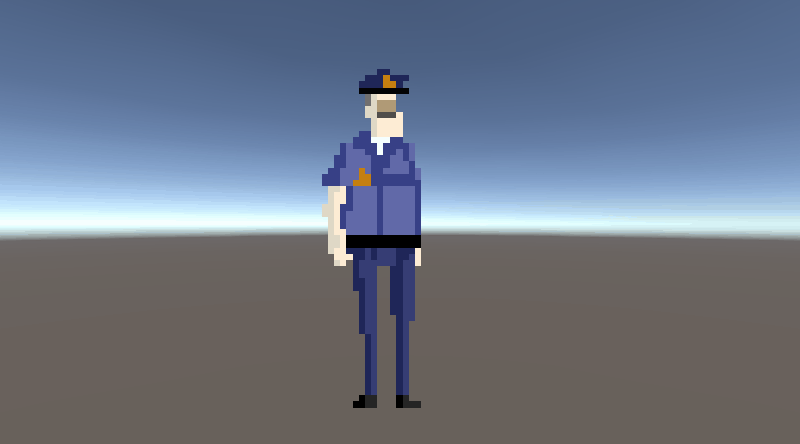
She said the image they put on the television, the computer composite, looked like a white woman,” Birdwell recalled. See also Anthropology Anthropometry Missing children.“The woman said she was there in the maternity waiting room. When he was caught, he was even wearing the red shirt that Taylor had predicted. He was wanted for the murder of the Chilean ambassador Orlando Letelier. In 1991 forensic artist Karen Taylor used aging of a picture to help catch the Cuban fugitive Virgilio Paz Romero, who had been on the run for 15 years. It is also possible to change features such as hair color and add spectacles or facial hair in case the individual is in disguise. Similar techniques can be applied to the aging of adults to help identify fugitives, using anatomical knowledge of how the human face ages. To do this, the forensic artist uses knowledge of the complex patterns of craniofacial growth to reveal how the child turns into an adult. A photo of a child who went missing or was abducted many years ago can be used to create a picture of how they may look in the present day. Photographs and sketches can also be aged. This helps identify missing people and murder victims. There are computer programs that can create two or three-dimensional likenesses from skull bones.

However the picture is generated, it is the skill and experience of the forensic artist, along with their empathy with witnesses that are still the keys to the success of the technique.Ĭomposite drawing relies upon witness statements, but there are related techniques that use skeletal remains or photographs. Advanced computer techniques allow synthesis of information from several witnesses, even those who only had a partial view. The witness can pick out facial features of their suspect, including those from individuals of various ethnic origins, from such library collections. Photofit pictures are created by putting together a picture from facial features drawn from a photographic library. The Identikit approach uses a collection of noses, eyebrows, and other facial features to get the best fit to the witness description. Often kits are used to create the drawing. Put on trial, Anthony Mane admitted his crimes and was sentenced to 40 years in jail.Ĭomposite drawings can be applied to a wide range of crimes -from shoplifting to homicide. The assailant was tracked down to Florida and found to have a long history of sex offences. Time later and immediately recognized it as a relative. A Bronx Assistant District Attorney saw the poster a short Mancusi and the fourth victim together produced a sketch of the suspect that was widely distributed throughout the city.
Draw composite from pixelated photo police serial#
It was thought the attacker was a serial rapist loose in Manhattan who had attacked four women in their twenties at knife point. In one example, Stephen Mancusi, an experienced forensic artist with the New York Police Department, worked with a rape victim who had been attacked in the lobby of her apartment building. Composite drawings help involve the public in the search for a missing person, a suspect, or a fugitive. The advantage of a composite drawing is that it can be widely circulated -in newspapers, on message boards, or by fax or email to interested individuals. The drawing can be a powerful corroboration of a witness statement. Sometimes, the very process of talking to the artist will bring up other important facts and memories from the witness. Not until they are satisfied that the drawing is the best possible representation of their recollections can it be considered completed. The artist encourages the victim or witness to look at the drawing at all stages of its progress. Finally, shading is used to create facial form and texture.Ĭomposite drawing is a two-way process. Then they will fill in shapes of facial characteristics, such as a bulbous nose or thin lips.


First, the artist will block out the facial proportions -whether the suspect has a long chin, for instance, or a wide forehead. A composite drawing is made in three stages. The artist must also be able to interview and relate to the witness, eliciting valuable information that will form the basis of the drawing. A composite drawing is not intended to be a portrait of an individual, but more of a two-dimensional likeness that is a visual record of the witness' recollections.Ĭreating a composite drawing requires skill that goes beyond the technical. Composite drawing uses descriptions given by witnesses to create a drawing that is a useful tool for identifying or eliminating a suspect. Composite drawing is the most widely known application of forensic art.


 0 kommentar(er)
0 kommentar(er)
